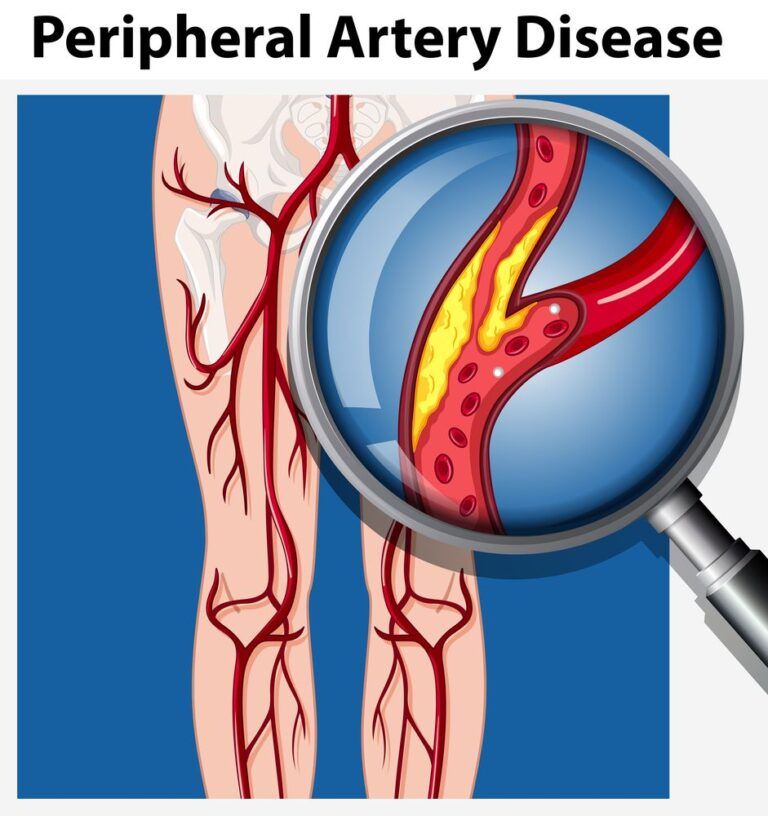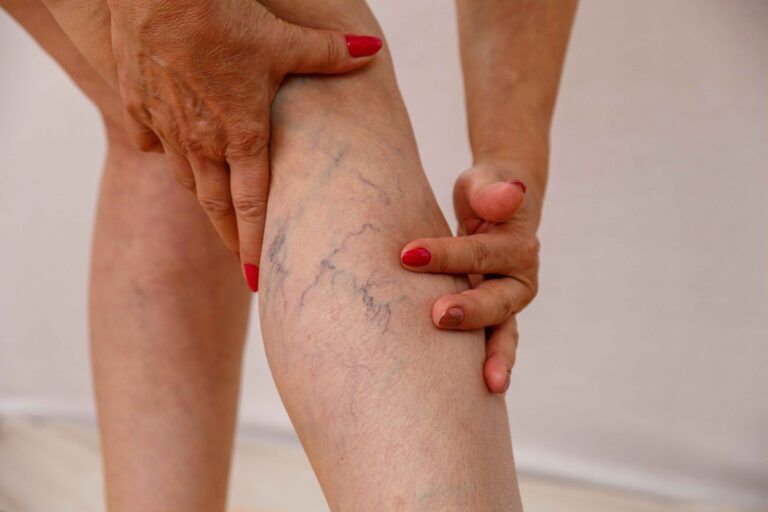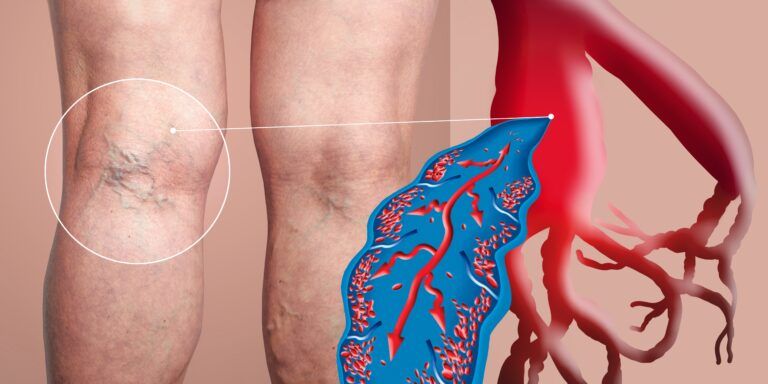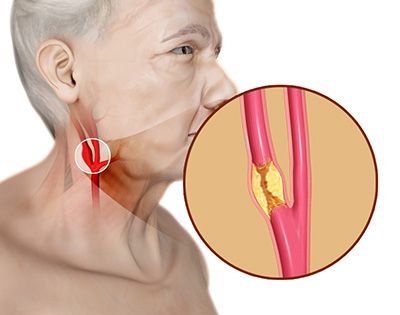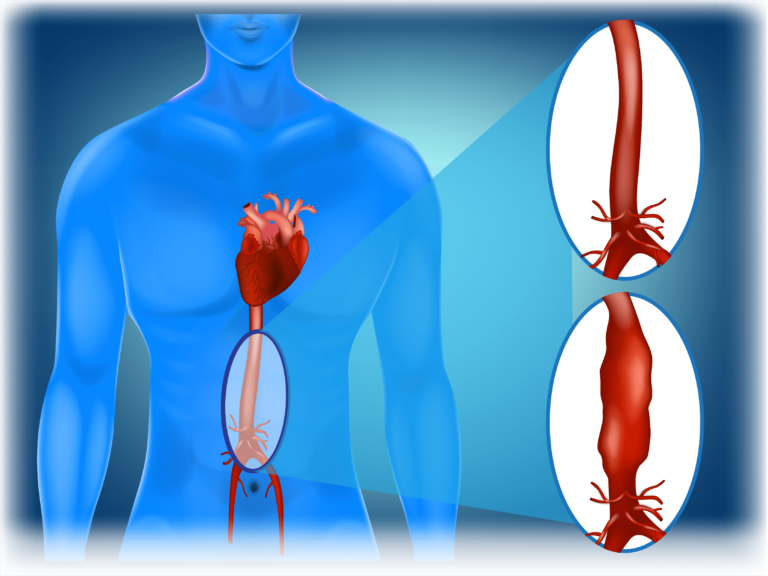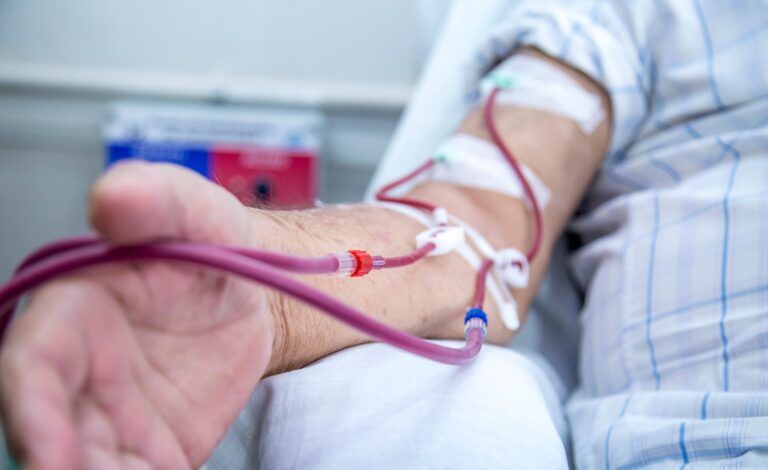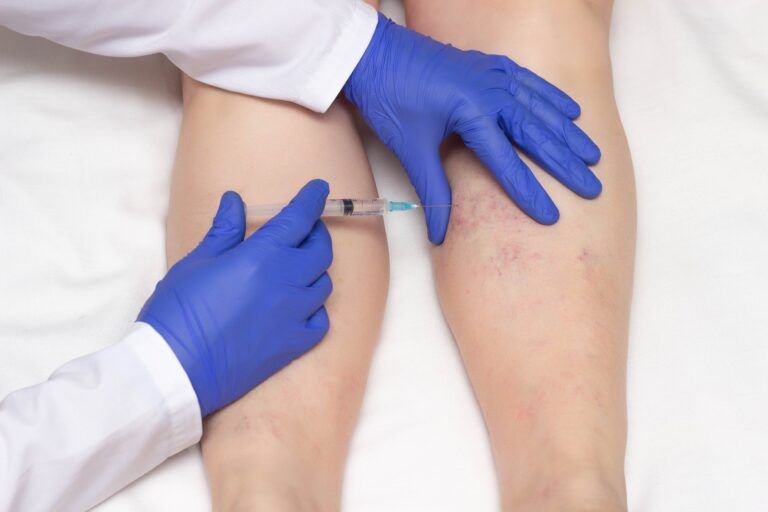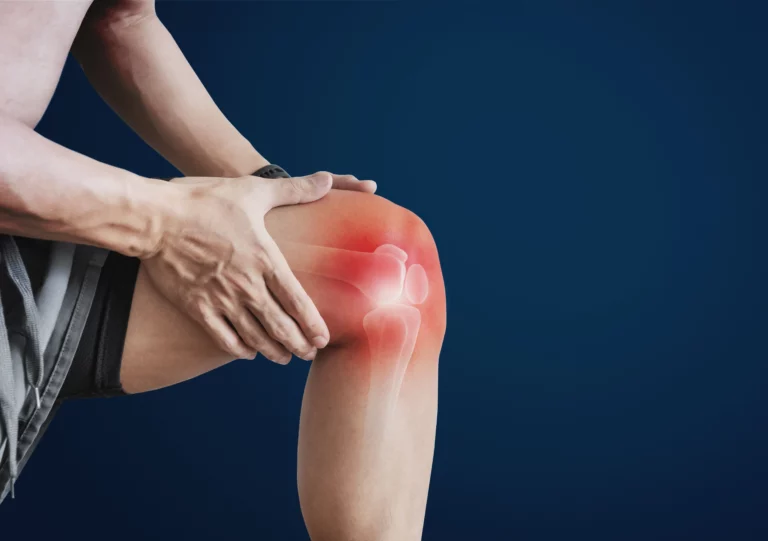Gangrene may occur in a short time due to frostbite or a traumatic injury, but in most cases, it’s the final stage of vascular disease that goes untreated. At Apex Vascular in Lenoir City, Knoxville and Crossville, TN, Christopher Pollock, MD, specializes in vascular care that prevents gangrene. He also provides aggressive treatment to preserve the affected leg or foot after gangrene appears. You should never wait to seek help for open wounds on your lower leg or foot, as they lead to gangrene. To get prompt medical care, call the office or book an appointment online today.
What is gangrene?
Gangrene occurs when the loss of oxygen-rich blood leads to tissue death. Though gangrene can occur anywhere in your body, it’s often caused by vascular disease affecting your lower legs and feet.
Signs of gangrene include:
- Changes in skin color (gray, blue, purple, red, or black)
- Severe pain followed by numbness
- Foul-smelling discharge
You need immediate treatment for gangrene to prevent an amputation.
What vascular diseases cause gangrene?
The vascular diseases that cause gangrene include:
Peripheral artery disease (PAD)
PAD develops when fatty plaque builds up inside a leg artery. The plaque enlarges and narrows the artery, increasingly blocking blood flow.
The loss of oxygen-rich blood causes progressive problems before resulting in gangrene. The earliest sign is leg pain which occurs when you’re active. As PAD progresses and the tissues are increasingly deprived of oxygen, tissues die, and an open wound (arterial ulcer) appears. Arterial ulcers are round, deep, painful, and don’t heal unless you get medical care.
When blood flow nearly or completely stops, you develop critical limb ischemia (CLI). CLI is extremely painful. It also leads to extensive tissue death and gangrene.
Diabetic vascular disease
High blood sugar damages your arteries, leading to peripheral vascular disease, non-healing foot ulcers, infections, and gangrene. Diabetes is the top cause of nontraumatic lower limb amputations.
Chronic venous insufficiency
Chronic venous insufficiency doesn’t cause gangrene nearly as often as PAD or diabetes, but it can progress to that stage. This condition occurs when valves inside your leg veins fail, allowing blood to flow back down the vein.
In addition to causing varicose veins, chronic venous insufficiency increases the venous pressure in your lower leg. High venous pressure forces fluids out of the vein, the fluids break down your skin, and a non-healing venous ulcer develops. Without treatment, the ulcer leads to infections and gangrene.
How is gangrene treated?
The treatment you receive depends on the severity of your gangrene. Whenever possible, Dr. Pollock preserves your leg and foot with intensive care that includes:
- Wound care (cleaning away infection and using advanced dressings)
- Minimally invasive procedures to restore blood flow
- Bypass surgery (to bypass the blocked blood vessel)
- Medications (to treat infection and vascular conditions)
If severe gangrene causes extensive tissue death, you will need an amputation.
Don’t wait to schedule an evaluation at the first sign of a non-healing wound or gangrene. Call Apex Vascular or request an appointment online today.


